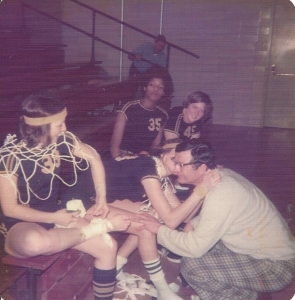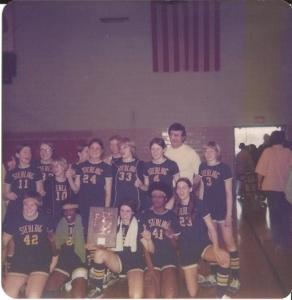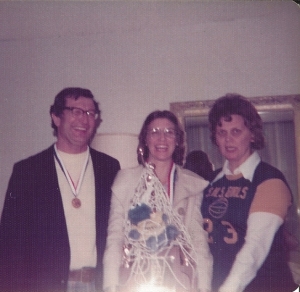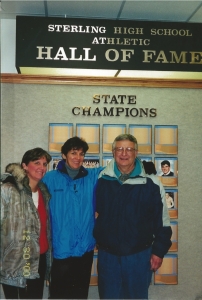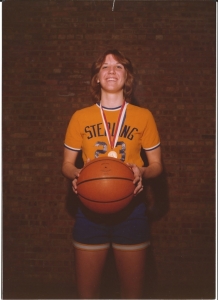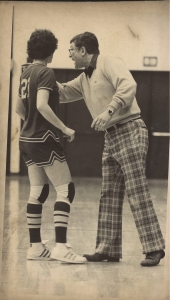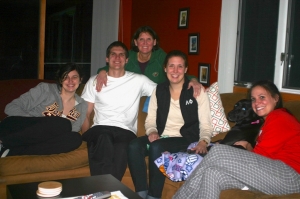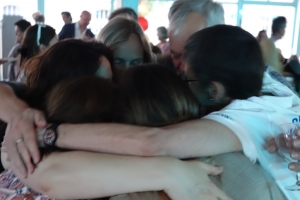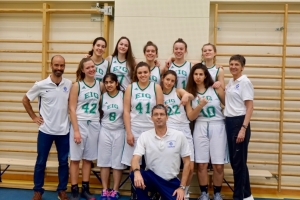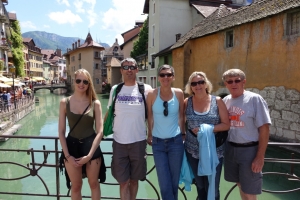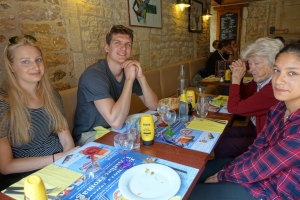 My son helped me clear out our attic and I managed give away my children’s Care Bears, Barbie dolls, Little People, Little Pony and Pet Shop toys, but I cannot part with Playmobil. Designed for children ages 4 to 12, kids never outgrow them. The way my memory is going, in a couple of years I will have regressed enough to enjoy playing with them again. Playmobil Toys for Eternity.
My son helped me clear out our attic and I managed give away my children’s Care Bears, Barbie dolls, Little People, Little Pony and Pet Shop toys, but I cannot part with Playmobil. Designed for children ages 4 to 12, kids never outgrow them. The way my memory is going, in a couple of years I will have regressed enough to enjoy playing with them again. Playmobil Toys for Eternity.
Hans Beck, (1929-2009) trained as a cabinet-maker, pitched his mobile airplanes to the Horst Brandstatter Company headquartered in Zirndorf Germany. Instead of planes, the owner asked him to develop figures for children. Beck, who became known as the « Father of Playmobil,» designed 3 inch tall human like figures along with buildings and vehicles made of hard plastic. In 1974 Playmobil launched the original series, which included sets of Native Americans, construction workers and knights.
If you are looking for a perfect gift for a child or grandchild, Playmobil fits the bill.
Though expensive, Playmobil are well worth the price because they last forever. Precise craftmanship developed hands that hold objects and pivot at the wrist. Detailed accessories fit to a theme and add authenticity to recognizable time periods. Knights snap on capes and hold shields, cavalry carry holsters and guns, skateboarders wear knee pads and elbow guards.
Playmobil themes include a school, a farm, a zoo, medieval castles and houses. Buses, airplanes, ambulances, cars, service trucks, cranes and boats come with fixtures, workers and passengers.
 The intricate detail includes a hospital complete with an operating table and IV lines, a fort with artillery that project cannon balls, and a circus with a disappearing lady in a box.
The intricate detail includes a hospital complete with an operating table and IV lines, a fort with artillery that project cannon balls, and a circus with a disappearing lady in a box.
As Nic and I emptied shoeboxes across the living room floor, my children’s youth flashed before my eyes. When my kids were little they spend hours weaving elaborate stories about the lives of the little figurines.
Nic’s favorite was the western fort with a stagecoach, wagons, and soldiers, and the Native Americans series with tepees and painted ponies.
 “These would be great for teaching history,” he said assembling the pirate ship.
“These would be great for teaching history,” he said assembling the pirate ship.
Our daughter loved the hospital set. Who knows? Did Playmobil help motivate her to pursue a medical career?
After sorting and setting up Playmobil resurrecting our collection of memories, Nic filmed our handiwork for fun and send it to his sister. Instead of being amused, she texted back in alarm, “What are those toys doing out of their boxes? You aren’t selling our Playmobil?”
No, never, dear daughter. I could no more part with Playmobil than I could give up the priceless memories of your childhood. These magical toys inspired the stories that became your lives.








